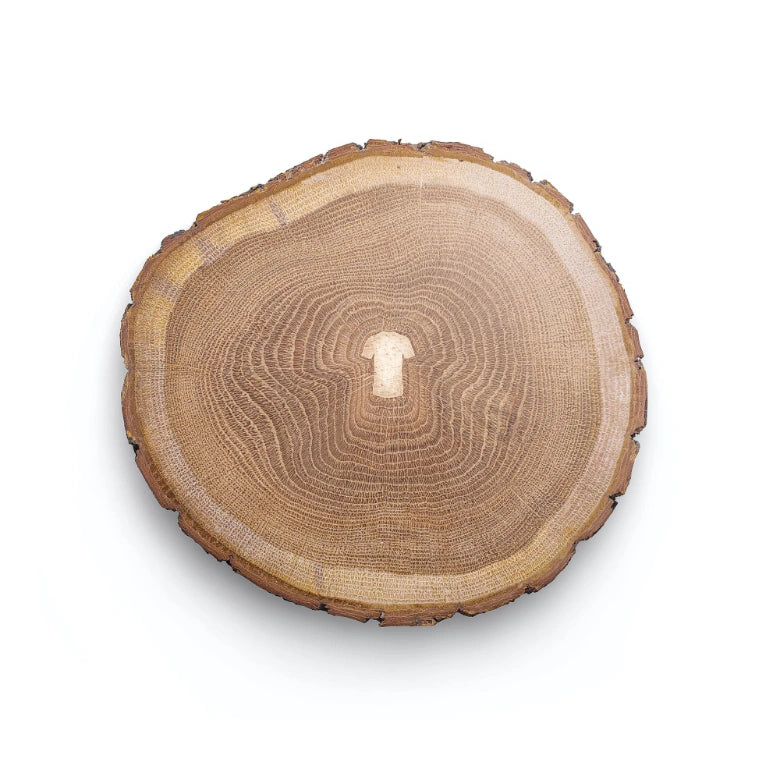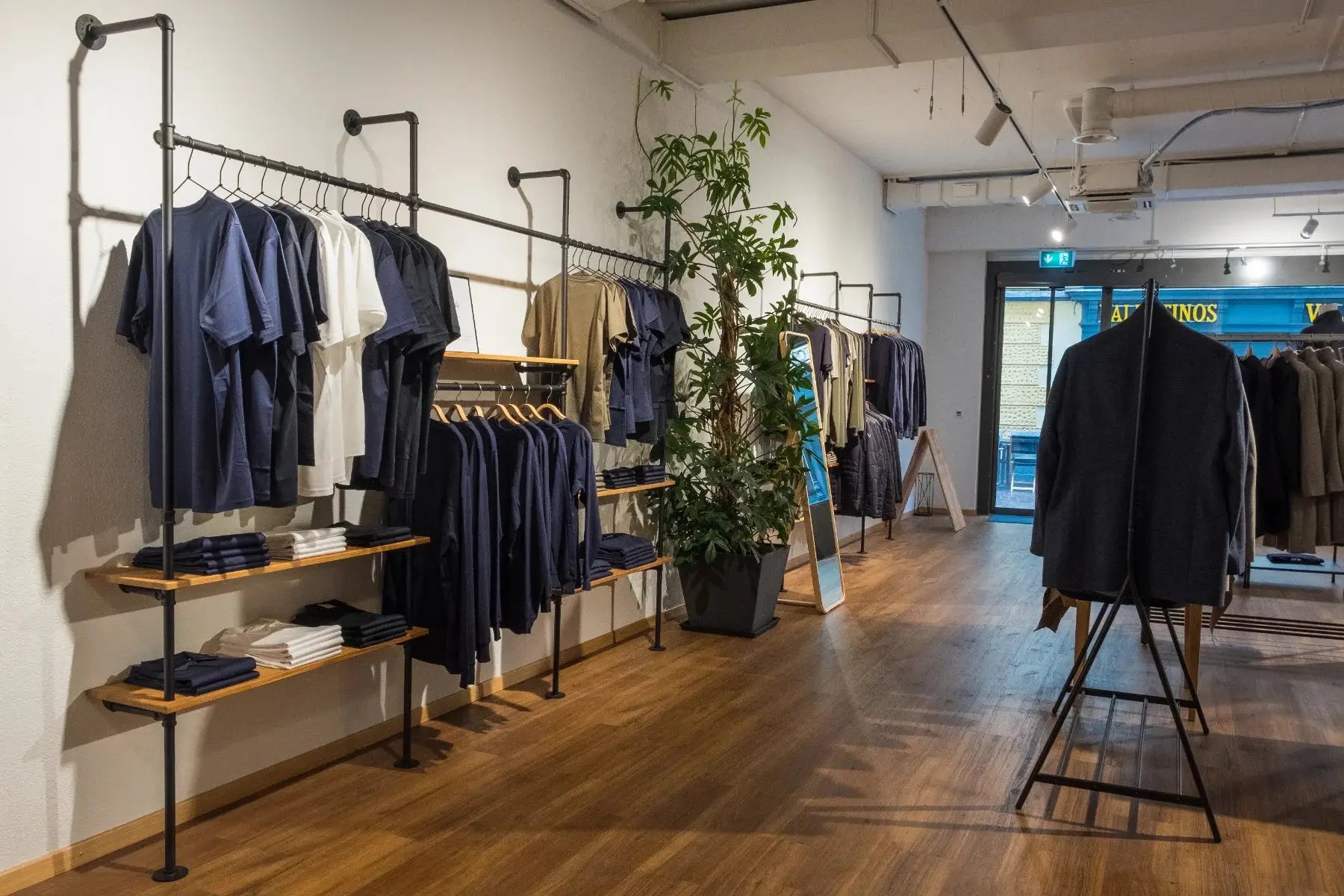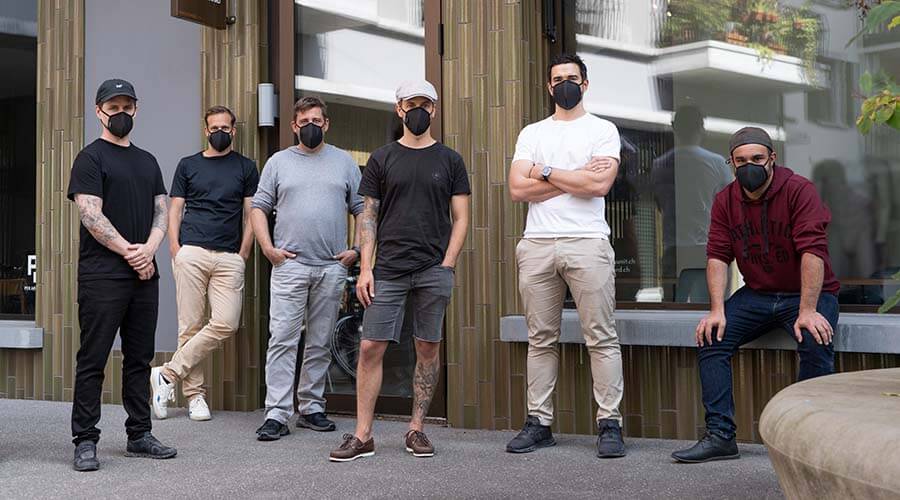
ReWoolution: This is how merino wool works sustainable
For our ReWoolution jackets we rely on 100% recycled merino wool. A specially developed fabric that not only offers an extremely elegant feel and look, but also also convinces as a real ReWoolution with regard to the circular economy.
Merino wool is a particularly high quality form of wool. It is obtained from merino sheep and is characterized by its particular delicacy and softness . In contrast to conventional wool, it does not scratch and can therefore also be worn directly on the skin. Merino wool, like wool in general, is a renewable raw material that is completely biodegradable. Neither fertilizers or pesticides (as is usually the case with cotton) nor fossil raw materials such as crude oil (as for example with synthetic fibers) are required for production. The super soft material is breathable, temperature regulating and very easy to care for .
Enjoy with caution
With all these beneficial properties, it is hardly surprising that merino wool has established itself as the sustainable textile fiber in the clothing market in recent years. However, this should be treated with caution. Because the keeping of sheep and the processing of conventional merino wool as a raw material has a significant impact on the environment.
- High water consumption
In the ecological balance of merino wool, the high water consumption when washing the wool and the dyeing and smoothing process have an impact. - Excessive CO2 emissions
Depending on the source, wool from conventional sheep farming has a global average of up to 5 times higher CO2 emissions than cotton, for example. - Long transport routes
Transport is also an issue: Merino wool grows on sheep in Australia or New Zealand, on the other side of the world. - Not ethical mulesing
The Australian wool industry in particular is accused of subjecting its animals to painful treatment (so-called mulesing). This is to prevent parasite infestation. Despite certificates, it is often difficult to control due to global value chains. - Chemistry cocktails
Merino wool is often treated with chemicals so that it is in no way inferior to the properties of synthetic materials: In order to be able to take care of merino wool better, for example, the natural fibers are partly coated with synthetic resins. This "irritates" the wool and it loses its natural ability to clean itself. - Displacement of local wool
In the last few decades, merino wool in Switzerland, as in most regions of Europe, has displaced locally available wool fibers. This is because it is cheaper and better suited for rapid mass production. Find out more
- High water consumption
How does merino wool work sustainably?
Recycled! At Muntagnard, we use locally available, recycled Swiss wool for the majority of our jackets. For those who like it a little less robust, we are also offering wool jackets made from 100% recycled merino wool.

Our specially developed fabric is made from textile waste that would otherwise be disposed of. These are production residues from the fashion industry, which are woven into a new fabric by our partners in northern Italy. Thanks to recycling, the lifespan of fibers that have already been produced can be extended, which corresponds to the circular economy and thus our corporate philosophy.
In principle, merino wool is not a raw material for us that we would use from an ecological point of view. As a result, we are extremely proud to be able to offer a truly sustainable alternative to the finest wool fabrics with this new development. Overall, the LANA Cape Coat saves a lot of water, energy and chemicals without sacrificing comfort and quality.
"Wool is extremely resource-intensive to produce. By using recycled merino wool, we can manufacture clothing with a fraction of the environmental impact and thus promote sustainable solutions," explains Dario, Head of Brand at Muntagnard.
Numerous clothing brands currently use recycled wool in combination with other materials. Unfortunately, these are usually synthetic blended fabrics. Bio-based materials are also rarely used in sewing thread, which means that garments are hardly recyclable. We are starting a ReWollution for our LANA Cape Coats and are using the finest 100% recycled merino wool for the main material and combining this with a sewing thread made from wood fibers. Furthermore, the entire garment is made of bio-based materials: the inner lining is made of wood fibers from European beech, the buttons are made of nuts and the details are made of Swiss deerskin.

Discover the LANA Cape Coat
All LANA wool jackets
















1 comment
[…] Zum LANA Cape Coat Mehr erfahren über recycelte Merinowolle […]
Die zwei neuen LANA Wolljacken Styles - Muntagnard
Leave a comment
This site is protected by reCAPTCHA and the Google Privacy Policy and Terms of Service apply.